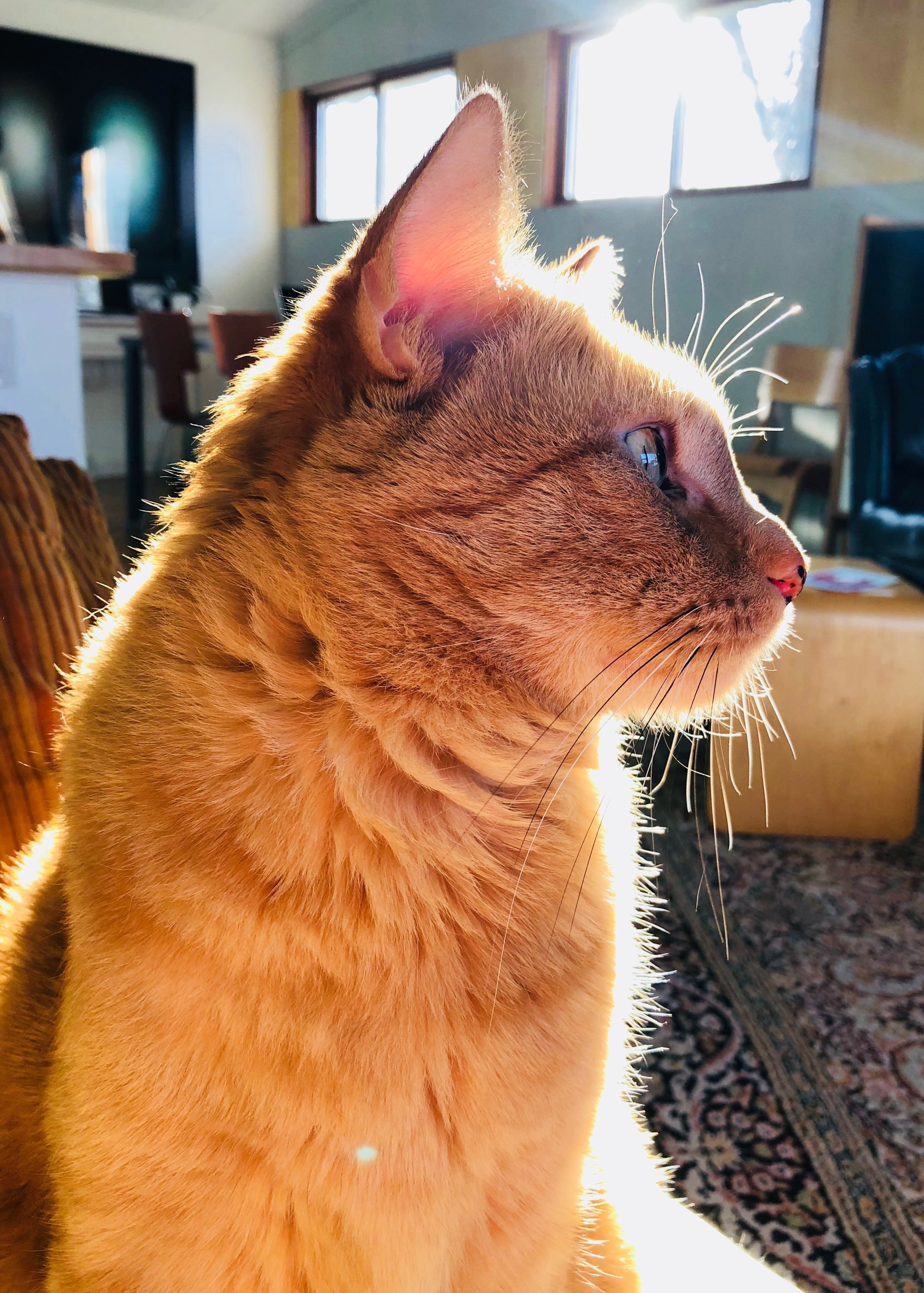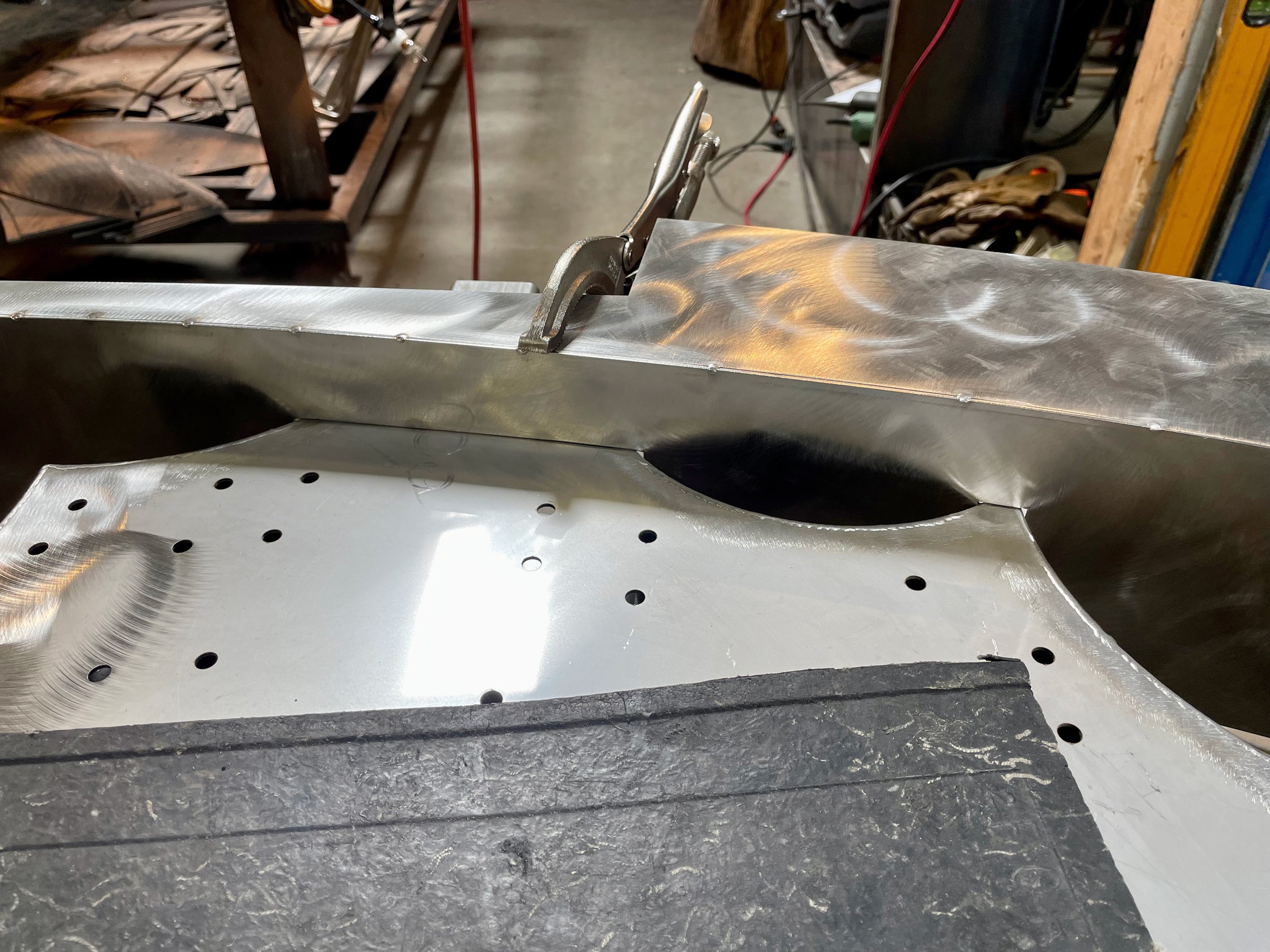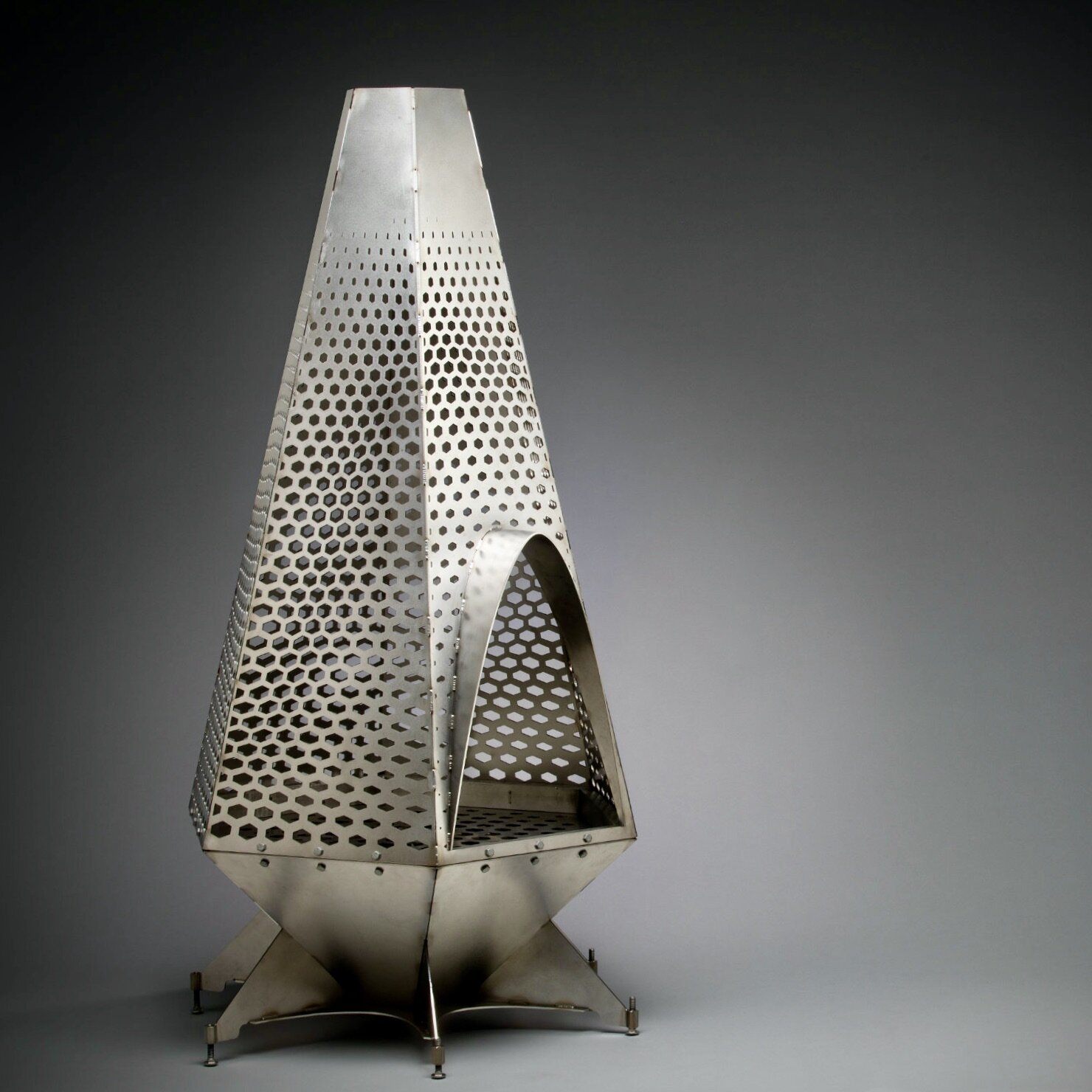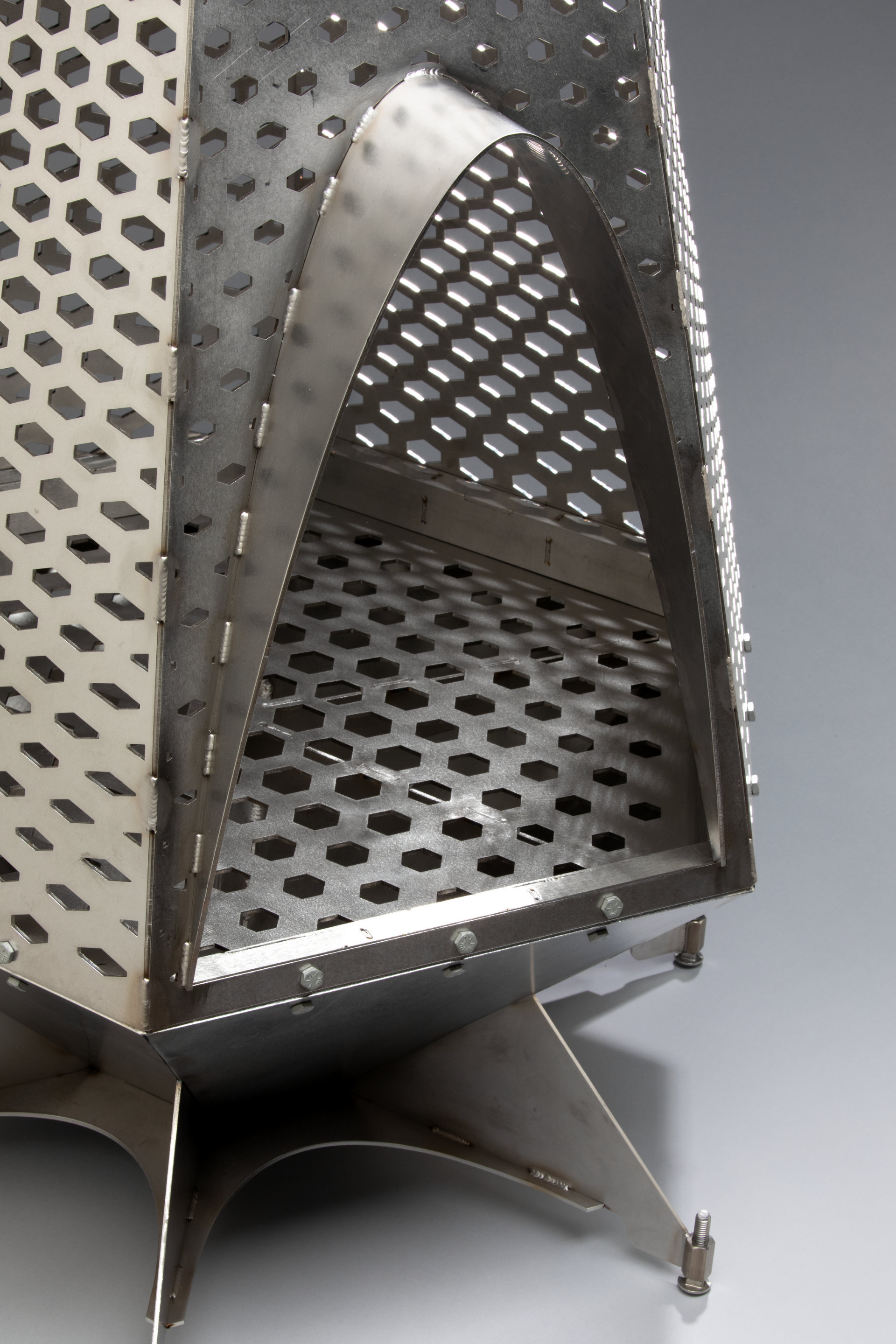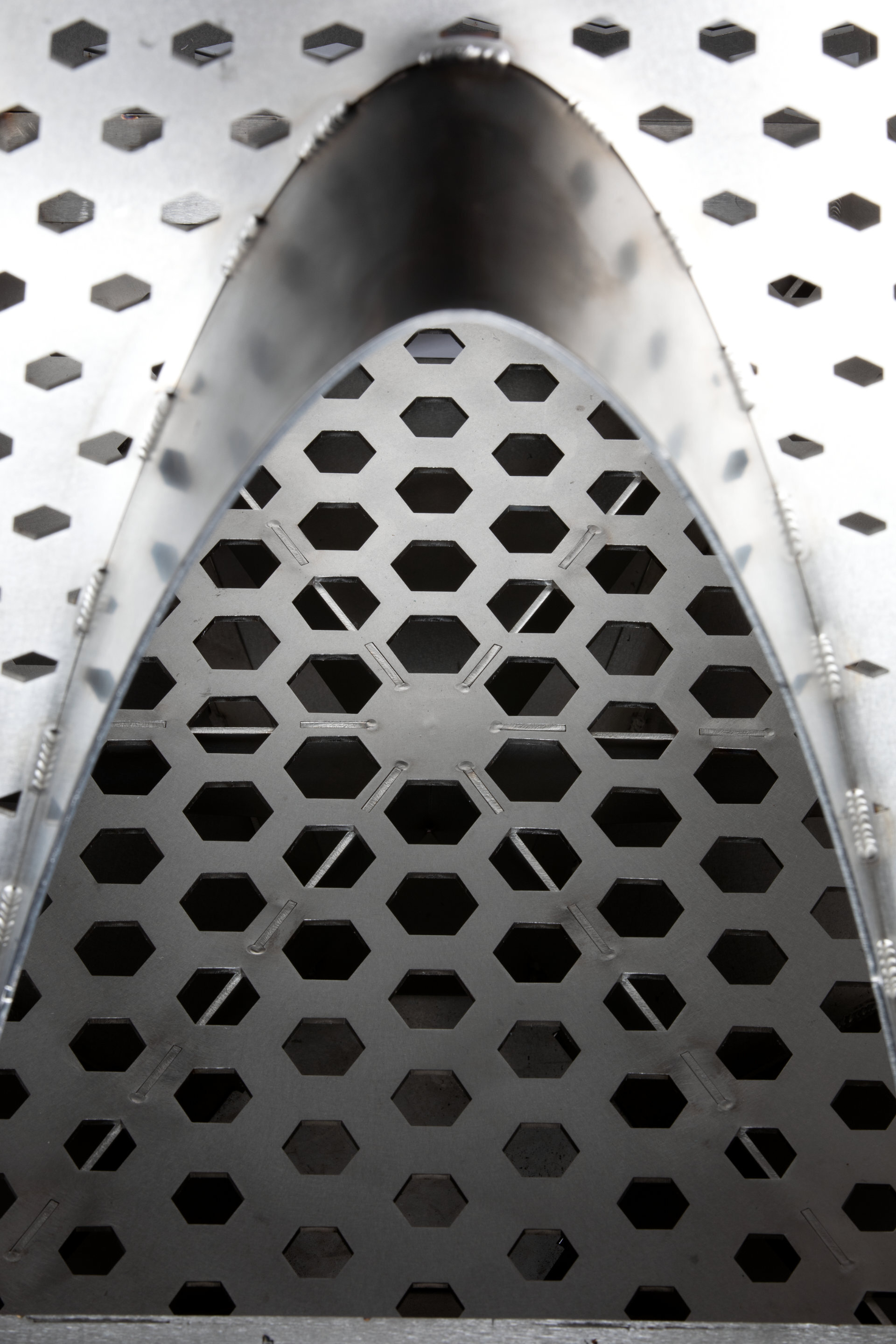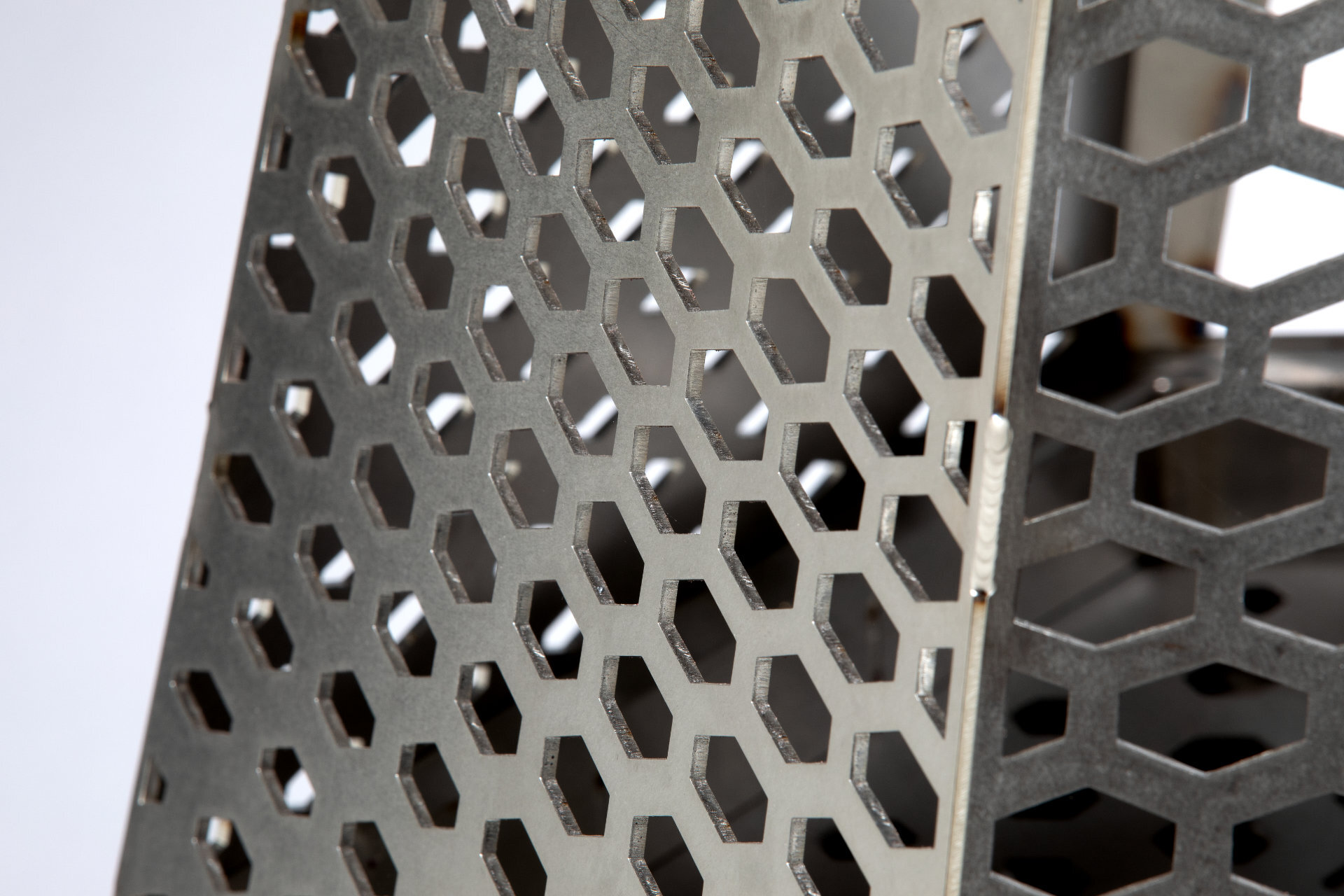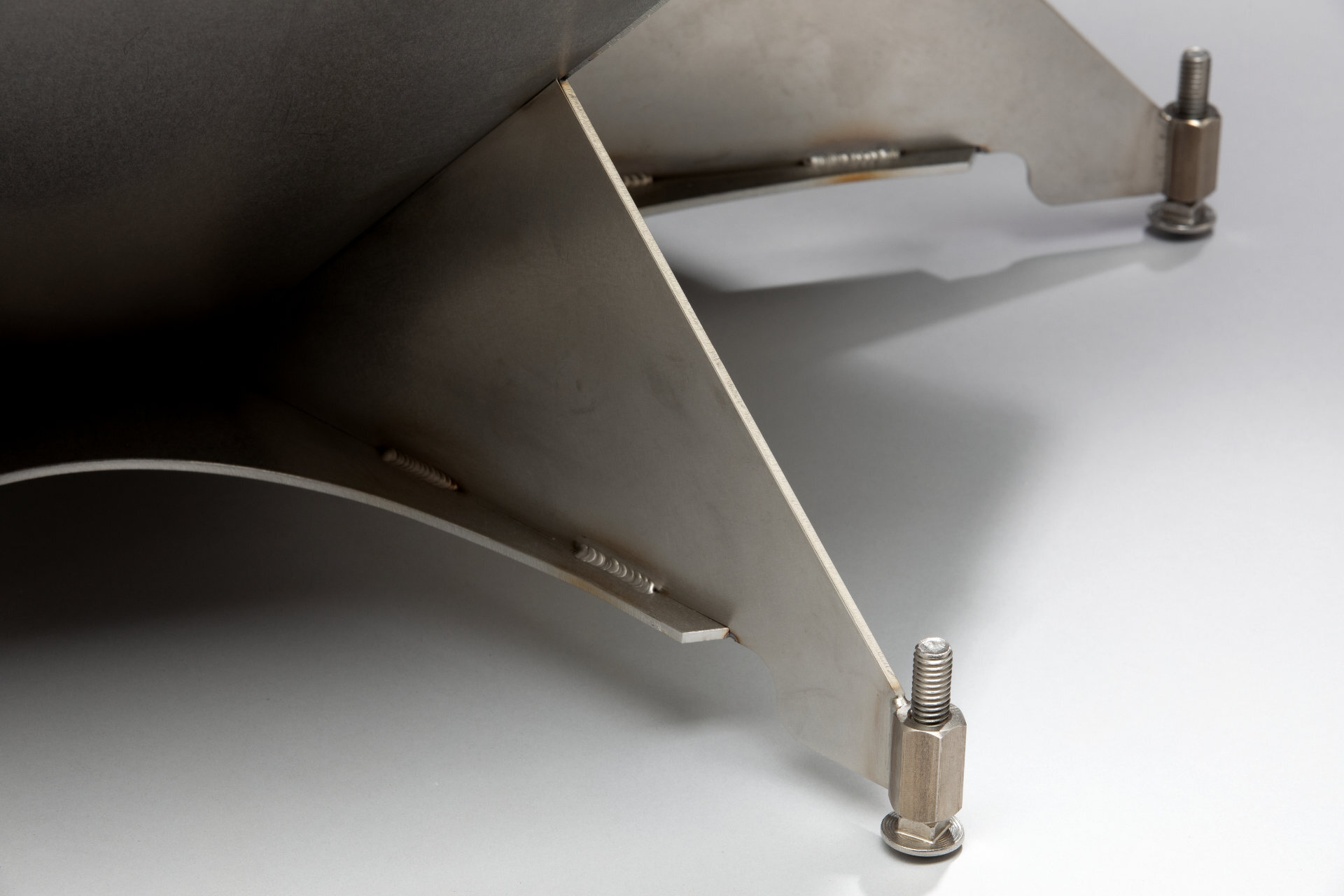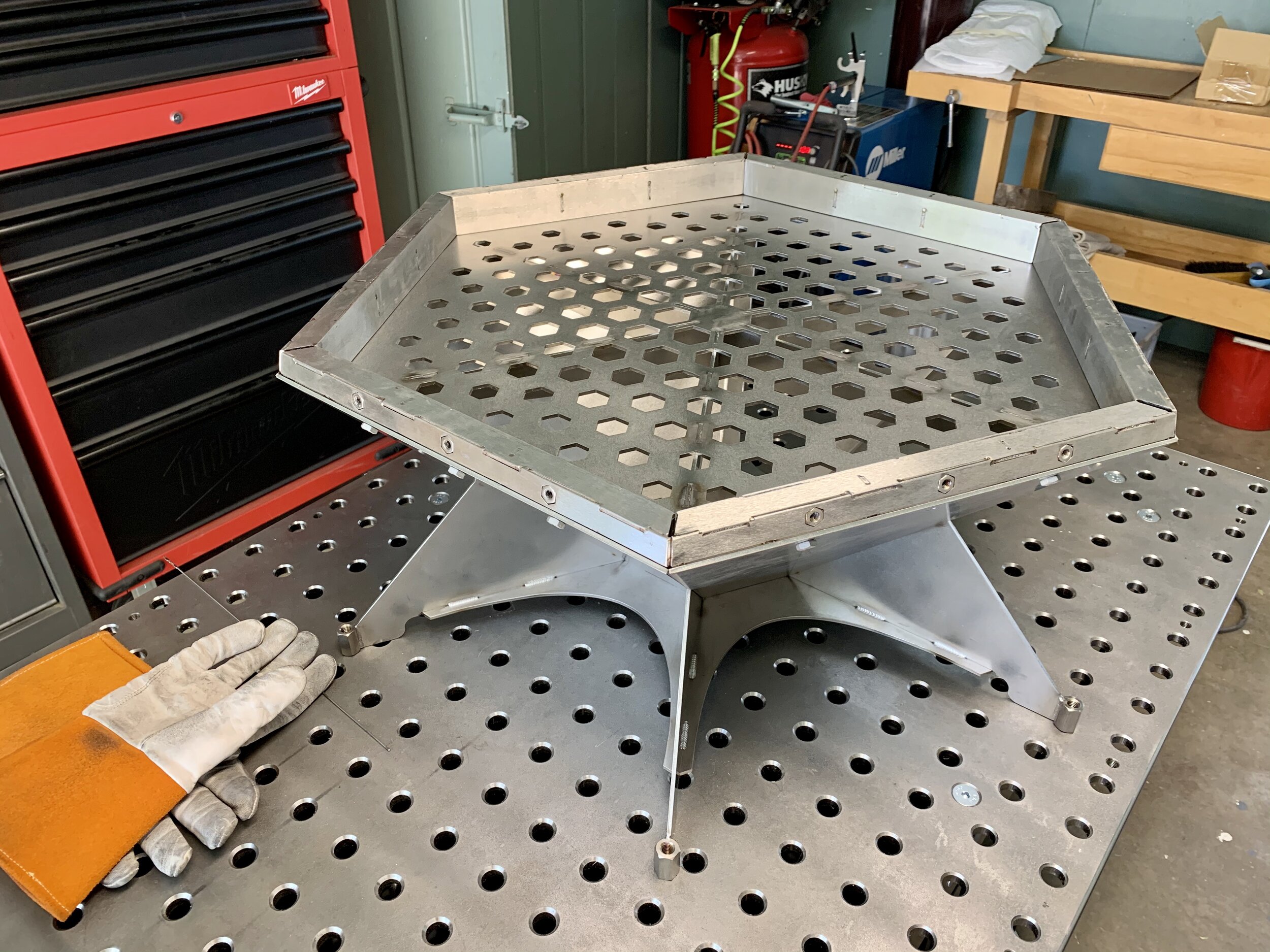I was curious about the new Artificial Intelligence tools and their usefulness for creating artwork. I played around with MidJourney for a month, deciding at the outset to pay for the Pro version for 30 days, then assess the outcome. For those unfamiliar, these new AI tools work by taking a textual prompt and converting that phrase into a visual design. With MidJourney, it builds four designs, from which you can choose to further refine or base another set of new designs upon. So, at that point curation enters the room. I found the process of choosing the wording of the prompt, then choosing which result to further refine, to be remarkably similar to the process I’d employed in making digital artwork prior to experimenting with AI — with one glaring difference: the connection I felt with the process was tenuous at best, and an utter mystery at worst. The algorithm often created designs that had either no discernible connection to the prompt, no identifiable aesthetic value, or both. At first, this felt fascinating, like trying to converse with an alien sentience and divine its inner workings. But, try as I might, I simply could not find any connection between the process and the output that had any hint of a symbology or logos. In other words, there is no discernible intelligence in artificial intelligence. I’ve always defined Art as the skillful creation of idiomatic definitions for the human experience, be it through sounds, words, bodily movement, or visual stimuli. The critical aspect of it all is that revelatory tone that harmonizes within us, somehow connecting us to a greater whole than we can access without it. The lack within the AI of any root of humanness precludes this deeper connection, and cheapens the act of making and the work made.
Another aspect of the text-to-image AI is how it builds its designs; the algorithm is “trained” by exposing it to imagery. At this point, the vast majority of this imagery is created by human artists — and the pool of images used is gathered without the expressed consent of the creators. Add to this the ability of the prompt writer to explicitly call for inclusion of specific artist work or “style” within the prompt, and you have a recipe for egregious copyright infringement and sanctioned plagiarism. I was unaware of this when I first started my MidJourney experiments, and gradually learned of it as I went along through posts on social media and journalist’s articles. This, along with the feeling of disconnection from humanity I felt in the process, prompted me to abandon my AI experiments.
Some thoughts as they happened from my journal: HERE.














